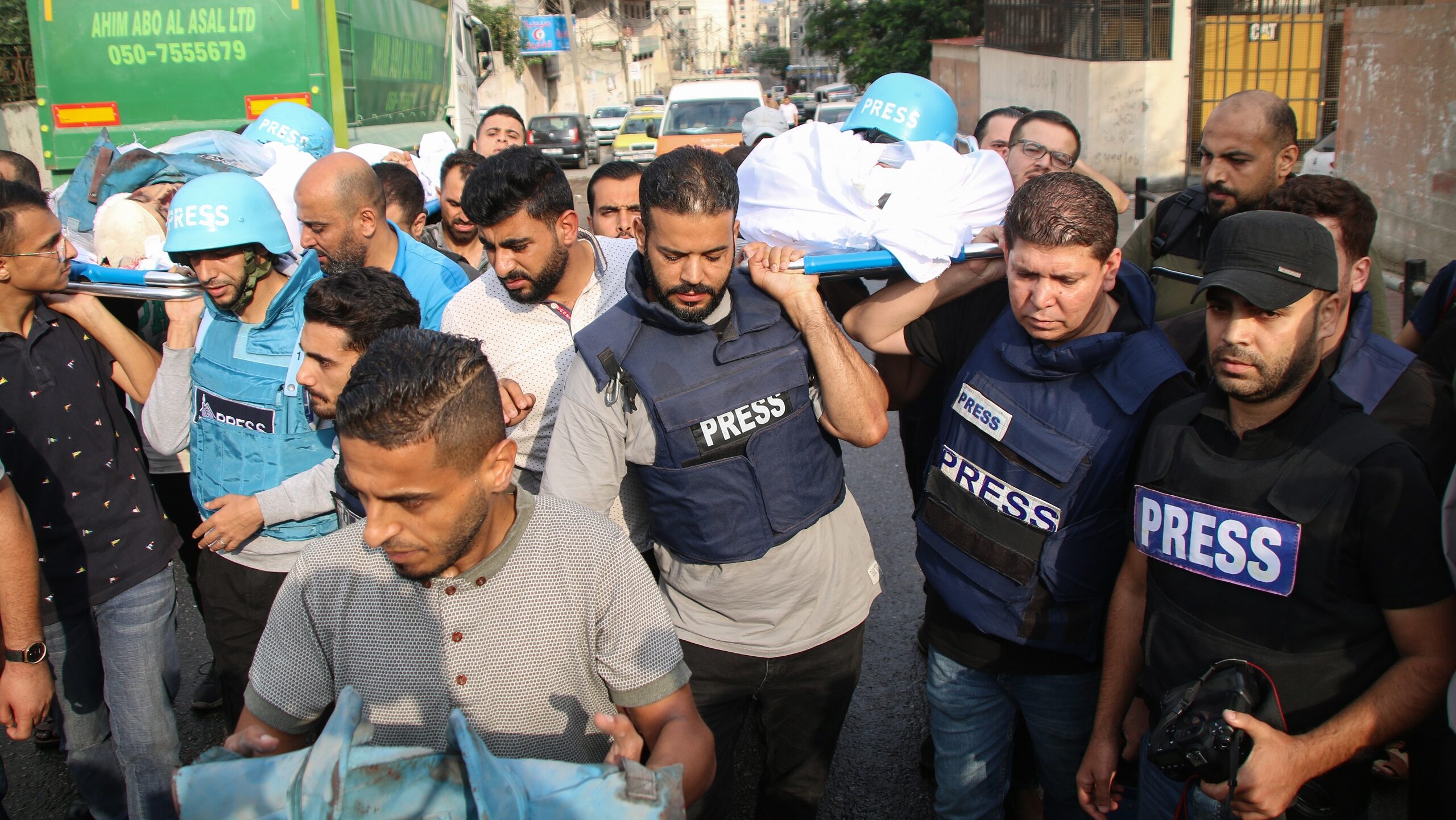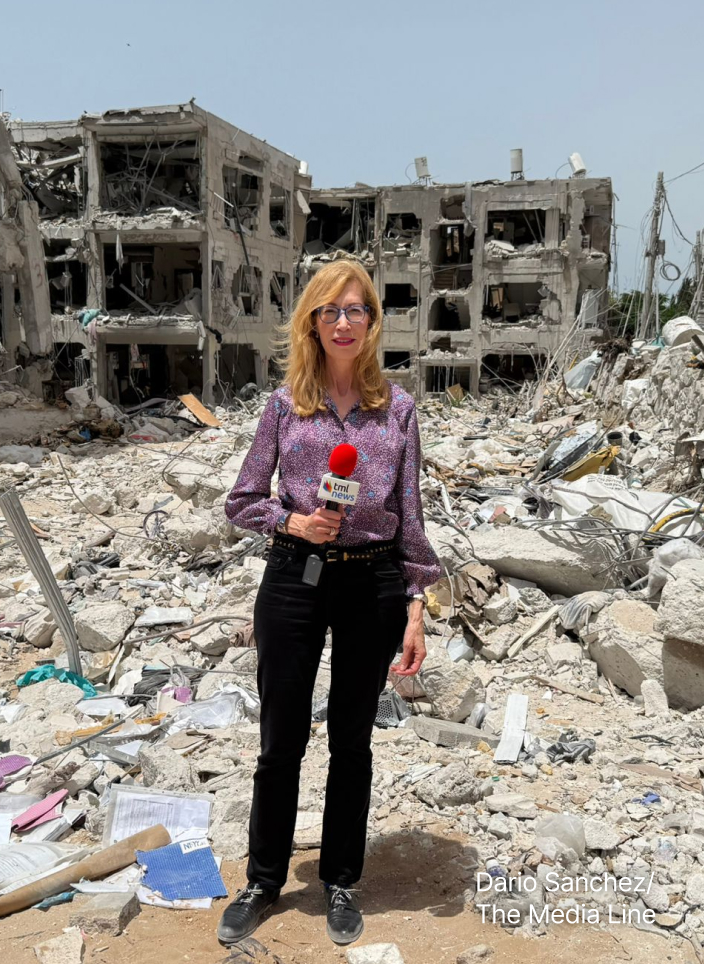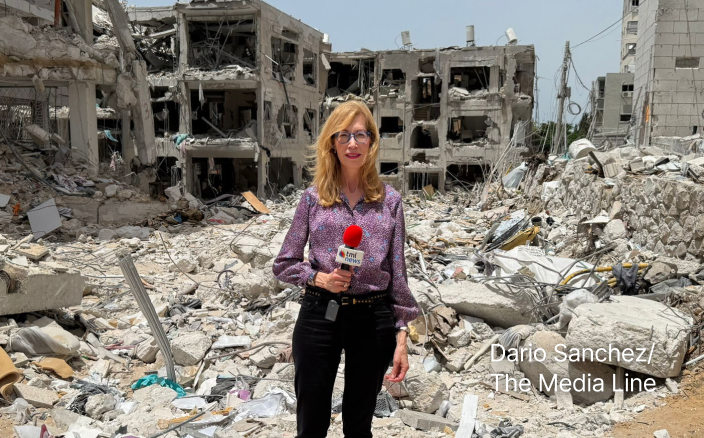UN Revises Gaza Casualty Figures, Halving Confirmed Deaths of Women, Children
The United Nations Office for the Coordination of Humanitarian Affairs (OCHA) recently revised the Palestinian casualty figures from the ongoing conflict in Gaza, significantly reducing the reported number of women and children killed. Initially, the numbers were reported as part of a broader count that included over 35,000 deaths since the outbreak of hostilities on October 7. The revised figures now identify 24,686 confirmed fatalities, with specific demographic details: 7,797 children and 4,959 women, accounting for a reduction by nearly half from earlier reports.
This adjustment follows critiques and analysis from various sources, including a significant study published in Fathom Journal. The researchers identified discrepancies between registered deaths and unverified reports, which were previously aggregated in casualty counts. The Gaza Health Ministry, influenced by the chaotic nature of the ongoing conflict, has faced challenges in maintaining precise and verifiable data. Amid these developments, the broader implications of these revised figures on public perception and policy are yet to be fully realized.
Give the gift of hope
We practice what we preach:
accurate, fearless journalism. But we can't do it alone.
- On the ground in Gaza, Syria, Israel, Egypt, Pakistan, and more
- Our program trained more than 100 journalists
- Calling out fake news and reporting real facts
- On the ground in Gaza, Syria, Israel, Egypt, Pakistan, and more
- Our program trained more than 100 journalists
- Calling out fake news and reporting real facts
Join us.
Support The Media Line. Save democracy.
On the international stage, the narrative surrounding the conflict continues to evolve, influenced heavily by these numbers. According to figures released by the Israel Defense Forces and touted by Prime Minister Benjamin Netanyahu, the conflict had resulted in approximately equal numbers of combatant and civilian deaths on the Palestinian side, a remarkable achievement compared to other conflicts around the world that have involved urban warfare between a professional army and a guerrilla force embedded in a densely populated territory.
The changes in reported casualty figures have sparked a range of responses, from governmental critiques to academic analysis, underscoring the difficulties in obtaining accurate data in conflict zones. As the international community watches closely, the accurate accounting of casualties remains a critical factor in shaping the response to the crisis.



